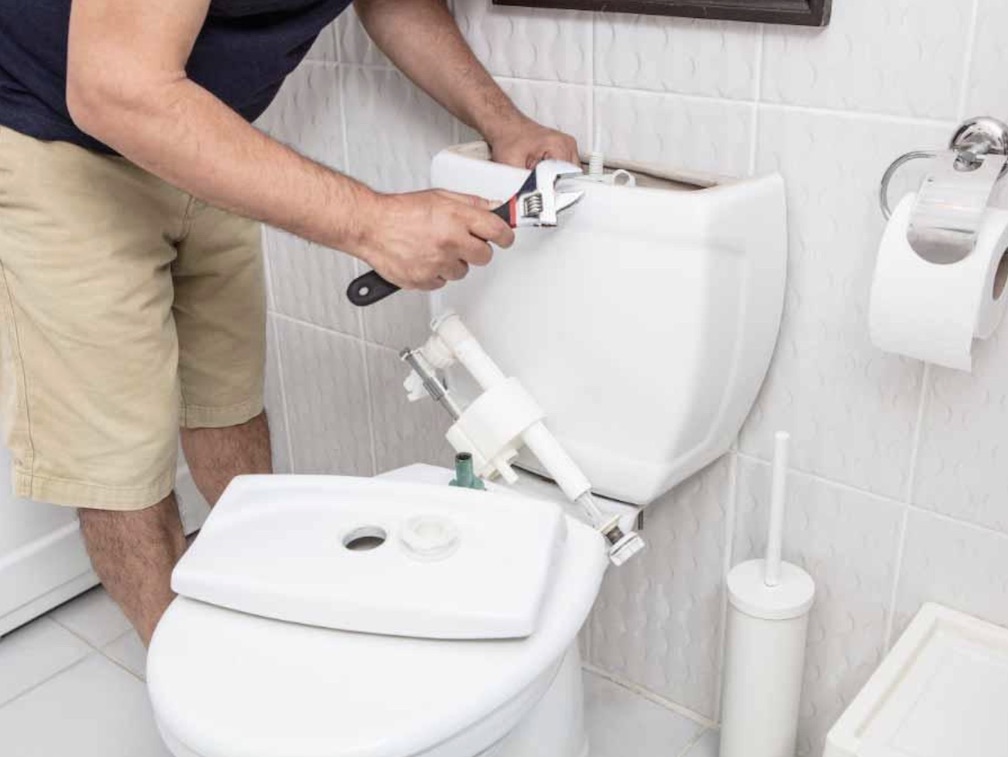Common Toilet Repairs: Identifying Signs And Solutions
- Written by Daily Bulletin

Introduction:
The toilet is an essential fixture in every household, serving a crucial role in our daily lives. However, like any other plumbing system, toilets are not immune to wear and tear, and occasional repairs may be necessary to ensure their optimal functionality. This article aims to provide an overview of the different types of toilet repairs that may be needed, along with the signs to watch out for. By identifying these signs early on, homeowners in Adelaide, Australia can take proactive measures to address toilet issues promptly and prevent further damage which may need toilet repairs.
Clogged Toilets:
One of the most common toilet problems homeowners encounter is a clogged toilet. Signs of a clog include water rising to the brim or slowly draining after flushing, accompanied by gurgling sounds. Clogs usually occur due to an accumulation of toilet paper, foreign objects, or a buildup of debris in the plumbing pipes. In some cases, more severe clogs can be caused by issues deeper in the sewer line.
To resolve minor clogs, a plunger can often do the trick. However, persistent or severe clogs may require the use of a plumbing snake or an auger to clear the blockage. If the clog persists or recurs frequently, it is advisable to seek professional assistance to address any underlying plumbing issues.
Leaking Toilets:
A leaking toilet can result in water wastage and potentially cause damage to the bathroom floor and surrounding areas. The signs of a leaking toilet include a constant trickling sound, water stains or pooling around the base of the toilet, and an unexpected increase in water bills.
The most common causes of toilet leaks are faulty flappers or flush valves, worn-out wax seals, or loose connections between the tank and bowl. Replacing the flapper or flush valve, tightening loose connections, or installing a new wax seal can often rectify the issue. However, if the leak persists, it is crucial to consult a professional plumber to identify and resolve the underlying problem.
Running Toilets:
A running toilet is not only a nuisance but can also lead to wasted water and higher utility bills. The constant sound of water running or the toilet tank continuously refilling are clear signs of a running toilet. This issue is typically caused by a faulty flapper valve that fails to seal properly, allowing water to continuously flow from the tank to the bowl.
To address a running toilet, homeowners can start by inspecting the flapper and ensuring it is properly aligned and free of debris. If the flapper is damaged or worn out, it should be replaced. In some cases, adjusting the float level or the chain length connecting the flush lever to the flapper may be necessary. If these troubleshooting steps do not solve the problem, consulting a professional plumber is advisable.
Weak Flushing:
If your toilet is struggling to flush properly, it is likely experiencing weak flushing. Signs of weak flushing include incomplete waste removal, frequent clogs, or a lack of flushing power. Several factors can contribute to weak flushing, such as a partial blockage in the toilet trapway, a malfunctioning flapper valve, or low water pressure.
Initially, homeowners can attempt to remove any visible blockages using a plunger or a toilet auger. If the issue persists, inspecting and cleaning the rim holes and jet openings in the toilet bowl may improve the flushing performance. In cases where low water pressure is the cause, it is best to consult a professional plumber to assess the plumbing system and make necessary adjustments or repairs.
Noisy Toilets:
Unusual sounds emanating from your toilet can indicate underlying issues that require attention. Some common noises include hissing, whistling, or banging sounds. These noises are often associated with problems such as a faulty fill valve, loose or damaged pipes, or excessive water pressure.
To address hissing or whistling sounds, homeowners can try adjusting the water supply valve to reduce water pressure. If the fill valve is faulty, it may need replacement. Banging sounds may be a result of loose or poorly secured pipes, which should be inspected and tightened. If the noise persists or cannot be identified, it is recommended to consult a professional plumber for a comprehensive assessment and necessary repairs.





